pulse systems motion cardio line 900
Since the market launch of the motion cardio line 900, emotion fitness provides connectivity of 5kHz and hybrid Polar® transmitters as standard. In addition, compatibility with the ANT+ technology licensed from Garmin® can also be realised via Bluetooth®.
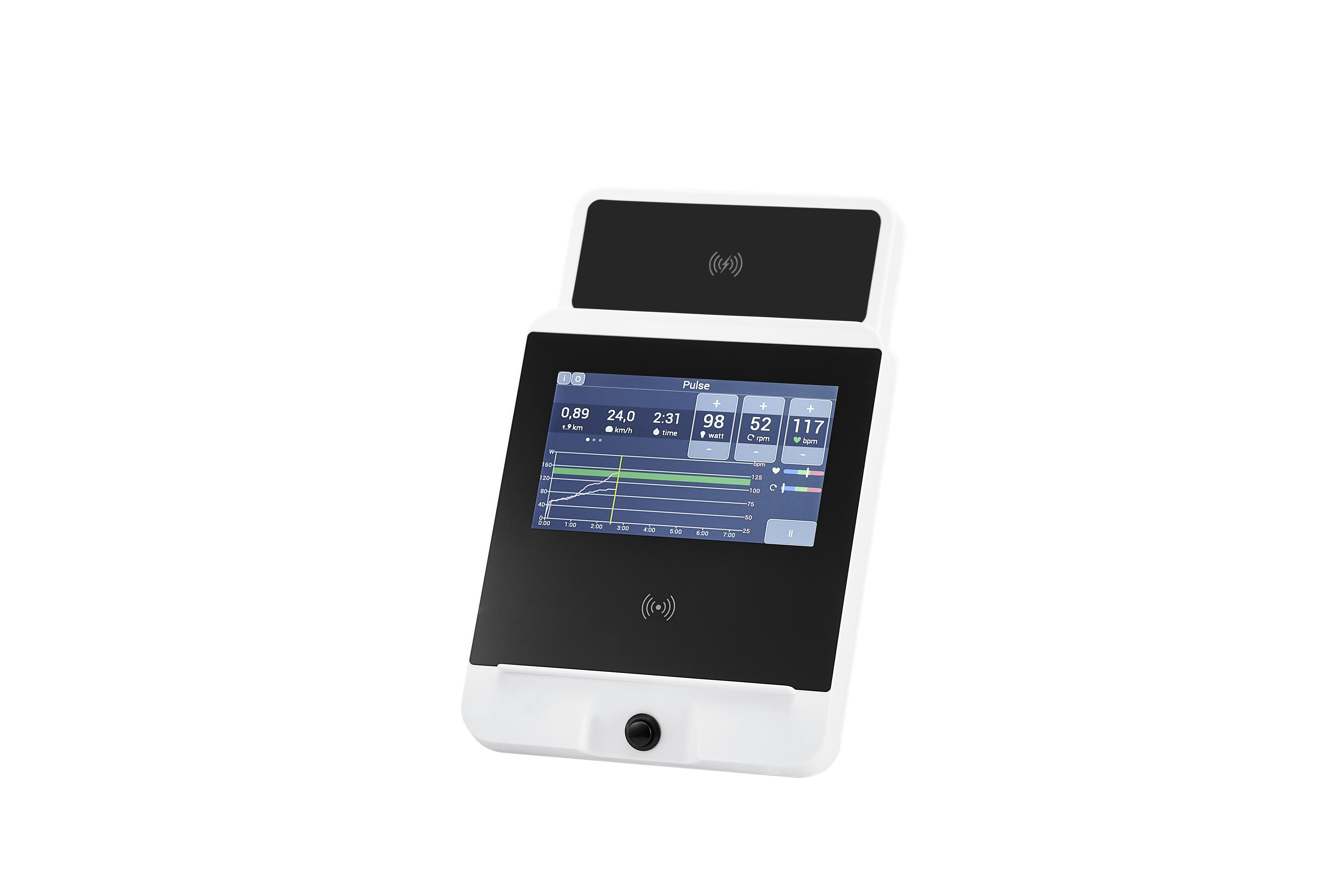
The motion cardio line 900 devices can be made compatible with many current heart rate monitors and sensors from leading manufacturers. The regular, analogue 5 kHz frequencies are recognised, but also the Polar auto connection system, as well as the Garmin ANT+ technology, which work via Bluetooth®, are supported. emotion fitness is registered and certified with Bluetooth®, ANT+ and Polar.
Today's digital interfaces are largely interference-proof and can transmit other physiological parameters from the sensor to the monitor in addition to the pulse rate. Depending on the transmitter, heart rate variability and respiration rate can also be displayed in the device.
Polar has been using 5kHz technology for decades and it is also used by many other manufacturers for simple "beat to beat" transmission. The sensor does not send a pulse value, but each signal as a beat. The ergometer then converts these beats into a pulse value. You can find ergometers with 5 kHz receivers in almost all professional facilities. The same applies to the corresponding chest strap sensors T31 or T32C. For this reason it is important that the motion cardio line 900 continues to support this technology so that existing belts can continue to be used.
However, this technology is not protected against interference from other transmitters, power lines or similar.
Polar® auto connection is the term for a system that is becoming established on the market, which establishes an automatic connection between the chest sensor and the receiver in the monitor and automatically disconnects them again after the training session has ended. Without this auto connection function, each user would have to actively select their chest strap in a separate menu from a list of all sensors available in the device and also actively disconnect it again in order to release the connection on this device for the next user.
The hybrid system from Polar® uses the 5 kHz magnetic field of the transmitter with the shortest distance to the monitor, connects to it and then switches to Bluetooth® communication.
From this point on, data communication is interference-proof, accurate and transmits a pulse value instead of pulse signals; in addition, other parameter measurement data such as heart rate variability can be retrieved from the monitor.
At the end of the training session, the connection between sensor and receiver is automatically interrupted so that the previously used device can connect to a new user.
Important: The new system is still compatible with the analogue 5 kHz sensors, e.g. the T31C. The digital sensors H9/10 are also compatible with older ergometers and analogue receivers.
The ANT+ interface is a standard of the company Garmin, which is also a global player in the field of heart rate sensors and heart rate monitors. Here, too, there is a solution to identify the transmitter with the shortest distance to the monitor and then establish a Bluetooth® connection with it. With ANT+, the connection to the sensor is also actively interrupted after the workout is completed.
ANT+ compatibility is part of the performance package. If the function is enabled, then the ANT+ slider can be activated in the first context menu before each training session to search for an ANT+ sensor instead of the Polar transmitter.
Important: Polar H10 sensors also work with ANT+ receivers and not only Garmin chest straps but also watches and Polar Verity Sense sensors are recognised.
FUNCTIONS
- applicable with the motion cardio line 900
- Support of 5 kHz belts (e.g. T31C)
- Support of Bluetooth connections with hybrid Polar® belts (e.g. H9; H10)
- Transmission of HRV with digital connection
OPTIONS
- ANT+ interface for use with Garmin® belts, broadcast-enabled heart rate monitors and the Polar® Verity Sense forearm sensor
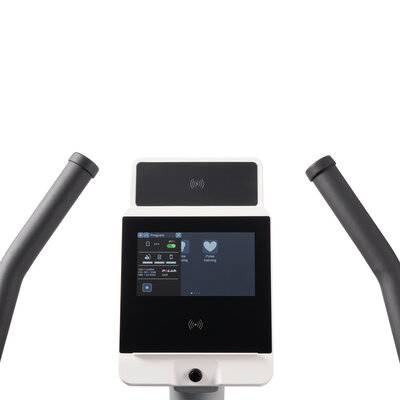
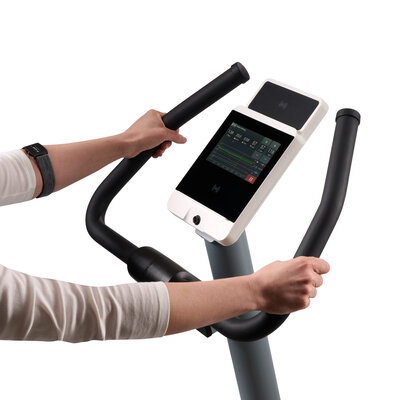
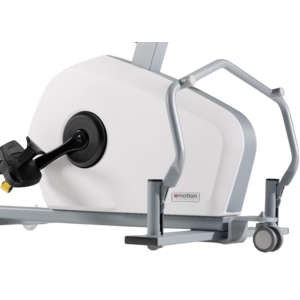 motion easy move
motion easy move
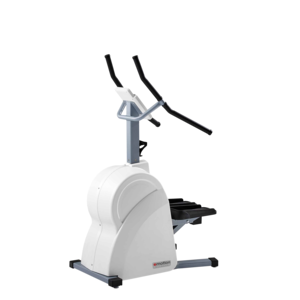 motion stair 900
motion stair 900
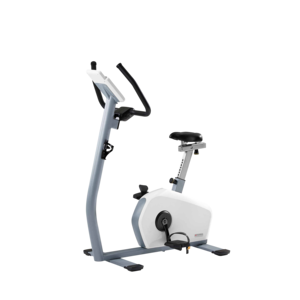 motion cycle 900
motion cycle 900
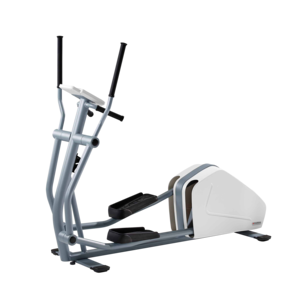 motion cross 900
motion cross 900